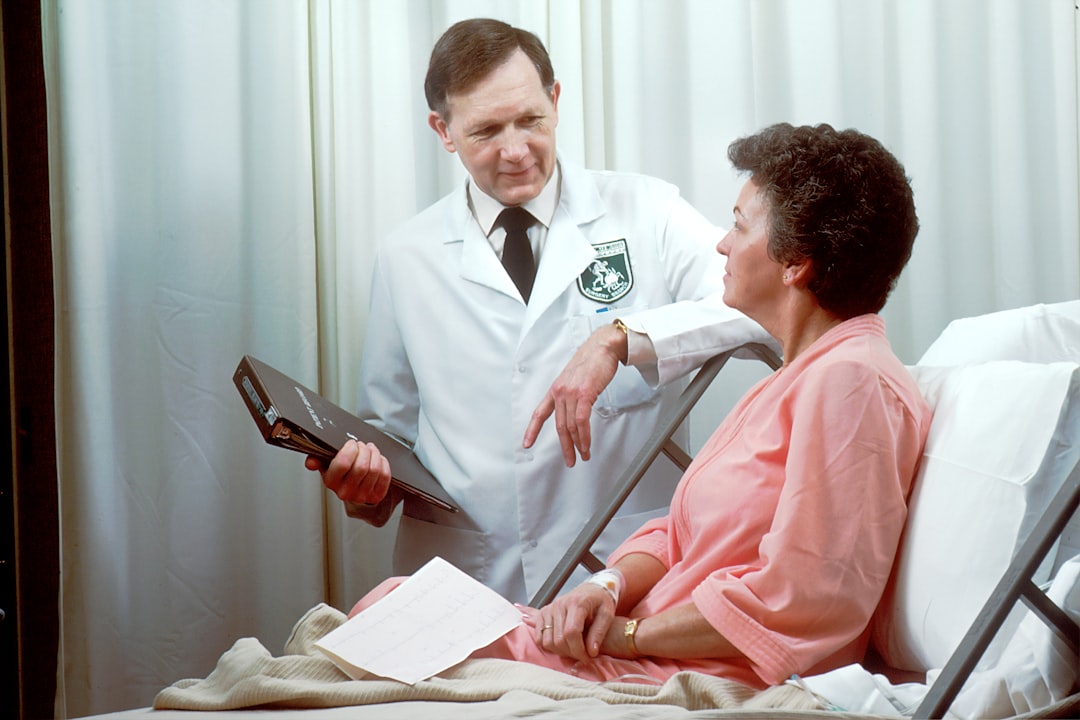What is it about?
We studied a collection of 105 clinical enterobacteria with unusual phenotypes of quinolone susceptibility to analyze the occurrence of plasmid-mediated quinolone resistance (PMQR) and oqx genes and their implications for quinolone susceptibility. The oqxA and oqxB genes were found in 31/34 (91%) Klebsiella pneumoniae and 1/3 Klebsiella oxytoca isolates. However, the oqxA and oqxB-harboring isolates lacking other known quinolone resistance determinants showed wide ranges of susceptibility to nalidixic acid and ciprofloxacin. Sixty of the 105 isolates (57%) harbored at least one PMQR gene [qnrB19, qnrB10, qnrB2, qnrB1, qnrS1, or aac(6=)-Ib-cr)], belong to 8 enterobacterial species, and were disseminated throughout the country, and most of them were categorized as susceptible by the current clinical quinolone susceptibility breakpoints. We developed a disk diffusionbased method to improve the phenotypic detection of aac(6=)-Ib-cr. The most common PMQR genes in our collection [qnrB19, qnrB10, and aac(6=)-Ib-cr] were differentially distributed among enterobacterial species, and two different epidemiological settings were evident. First, the species associated with community-acquired infections (Salmonella spp. and Escherichia coli) mainly harbored qnrB19 (a unique PMQR gene) located in small ColE1-type plasmids that might constitute its natural reservoirs. qnrB19 was not associated with an extended-spectrum beta-lactamase phenotype. Second, the species associated with hospital-acquired infections (Enterobacter spp., Klebsiella spp., and Serratia marcescens) mainly harbored qnrB10 in ISCR1-containing class 1 integrons that may also have aac(6=)-Ib-cr as a cassette within the variable region. These two PMQR genes were strongly associated with an extended-spectrum beta-lactamase phenotype. Therefore, this differential distribution of PMQR genes is strongly influenced by their linkage or lack of linkage to integrons.
Featured Image
Read the Original
This page is a summary of: Differential Distribution of Plasmid-Mediated Quinolone Resistance Genes in Clinical Enterobacteria with Unusual Phenotypes of Quinolone Susceptibility from Argentina, Antimicrobial Agents and Chemotherapy, March 2013, ASM Journals,
DOI: 10.1128/aac.01615-12.
You can read the full text:
Contributors
The following have contributed to this page










